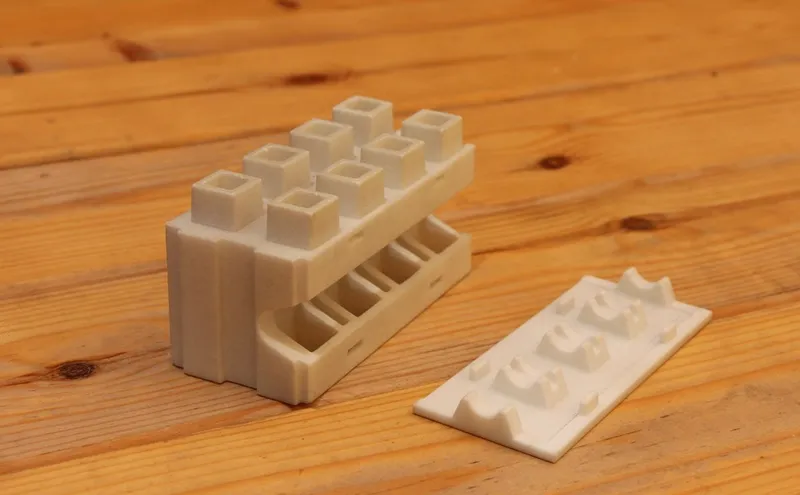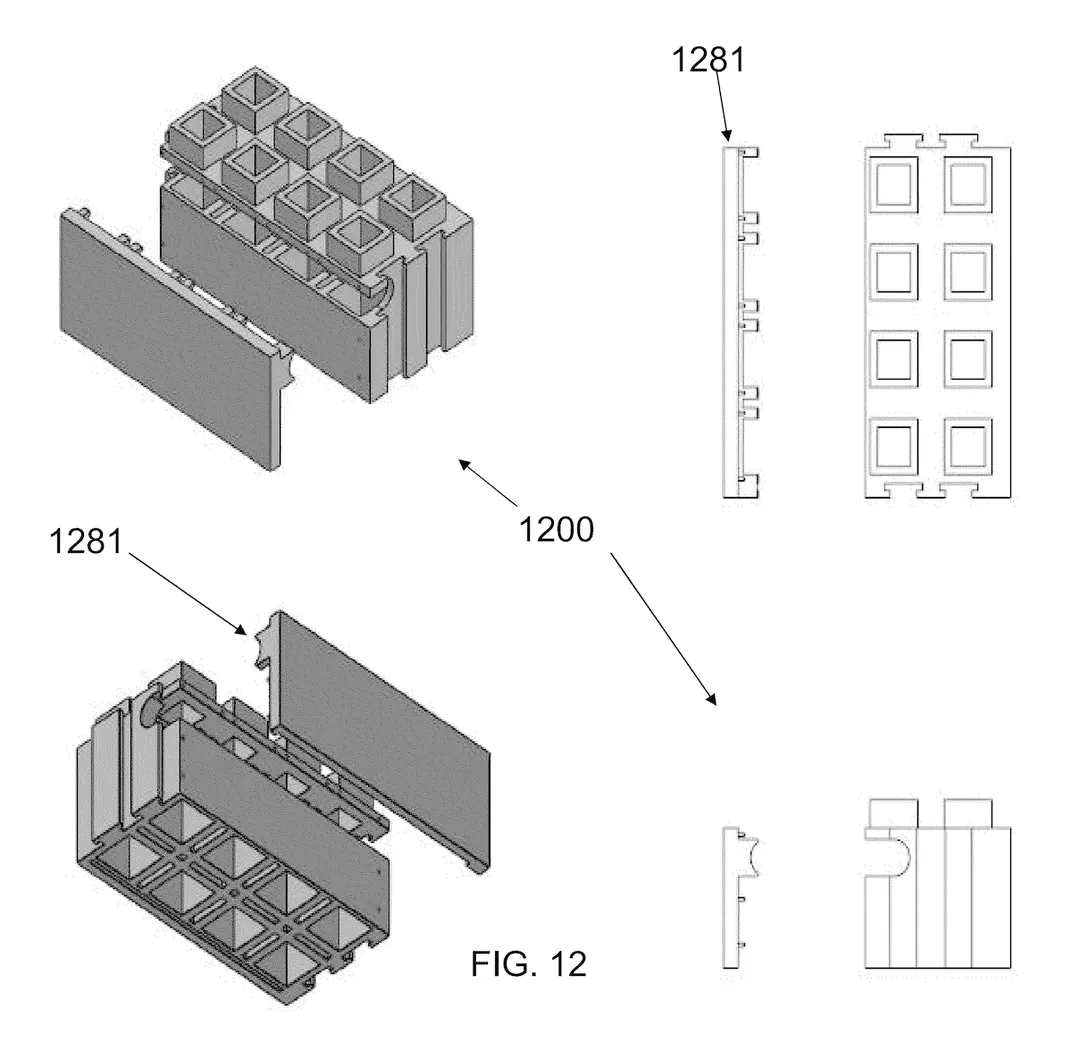These Smart Bricks Mean the Time Has Finally Arrived: Adults Have Legos of Their Own
A construction company aims to build more efficiently with modular connecting bricks
/https://tf-cmsv2-smithsonianmag-media.s3.amazonaws.com/filer/f0/98/f0982fe1-21e9-453b-afb8-fb88f07d2c4b/smart-brick-3.png)
Ask an architect what their favorite childhood toy was and chances are he or she will say Legos. Over the last few years, Lego has really embraced its relationship to architecture, producing models of famous buildings and even a make-your-own modernism set. Fans of the ubiquitous plastic brick have tested the structural limits of Lego with full-scale constructs, including several massive towers that, paralleling skyscraper construction, get higher every year as brick-builders race for the record (a theoretically endless pursuit). And then there was the 3.3.million brick full-size Lego house built in 2009 by “Top Gear” presenter James May and an army of volunteers for the television show “James May’s Toy Stories.” While impressive, these full-size fabrications aren’t really practical as anything other than novelty showpieces and blog fodder. Well, a new company is proposing to change that with a truly architectural snap-together brick that might actually be useful (while still being good blog fodder, of course).

The company Kite Bricks is currently developing a modular construction system that is so much like Lego, I’m not sure what’s harder to believe: the fact that this is serious proposal, that it doesn’t infringe the toymaker’s patent, or that no one has done it yet. The patent (pending) for their "Smart Bricks" reads like a legally binding contract for a particularly prescriptive playdate:
"a first plurality of building blocks in a line, wherein the line defines the base of a wall of the structure and wherein the blocks have top sides that includes first joining features, bottom sides including a complementary second joining features....placing a second plurality of building blocks on top of the first plurality of building blocks, wherein the second plurality of buildings blocks are secured to the first plurality of buildings blocks through joining features..."

In comparison to standard bricks or concrete blocks -- dumb blocks, I suppose -- the Smart Brick claims to offer greater thermal energy control, lower construction costs and greater versatility. The specially formulated concrete blocks are designed to be easily connected and include an internal space for the building’s insulation, mechanical, plumbing and electrical systems. Removable panels make it easy to install and access the building’s infrastructure. They can be easily assembled with just a little industrial double-sided tape and fit with custom finishing, so, like Lego, there’s “no additional need to paint, hang wallpaper or otherwise treat the outer and inner walls of the final structure." This is all better explained by the following promotional video, according to which, one day Smart Bricks will be installed by robots.
/https://tf-cmsv2-smithsonianmag-media.s3.amazonaws.com/accounts/headshot/Jimmy-Stamp-240.jpg)


/https://tf-cmsv2-smithsonianmag-media.s3.amazonaws.com/accounts/headshot/Jimmy-Stamp-240.jpg)